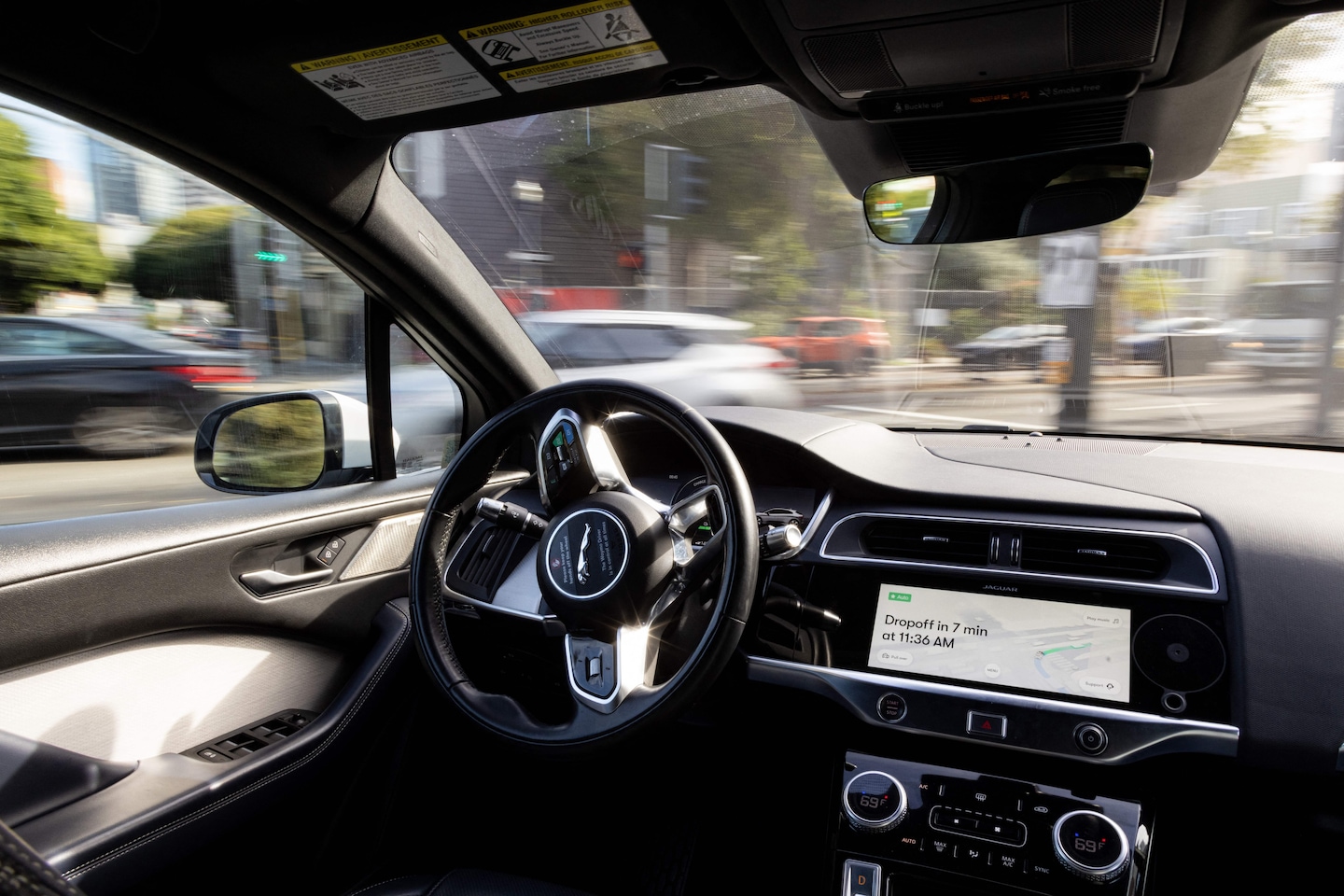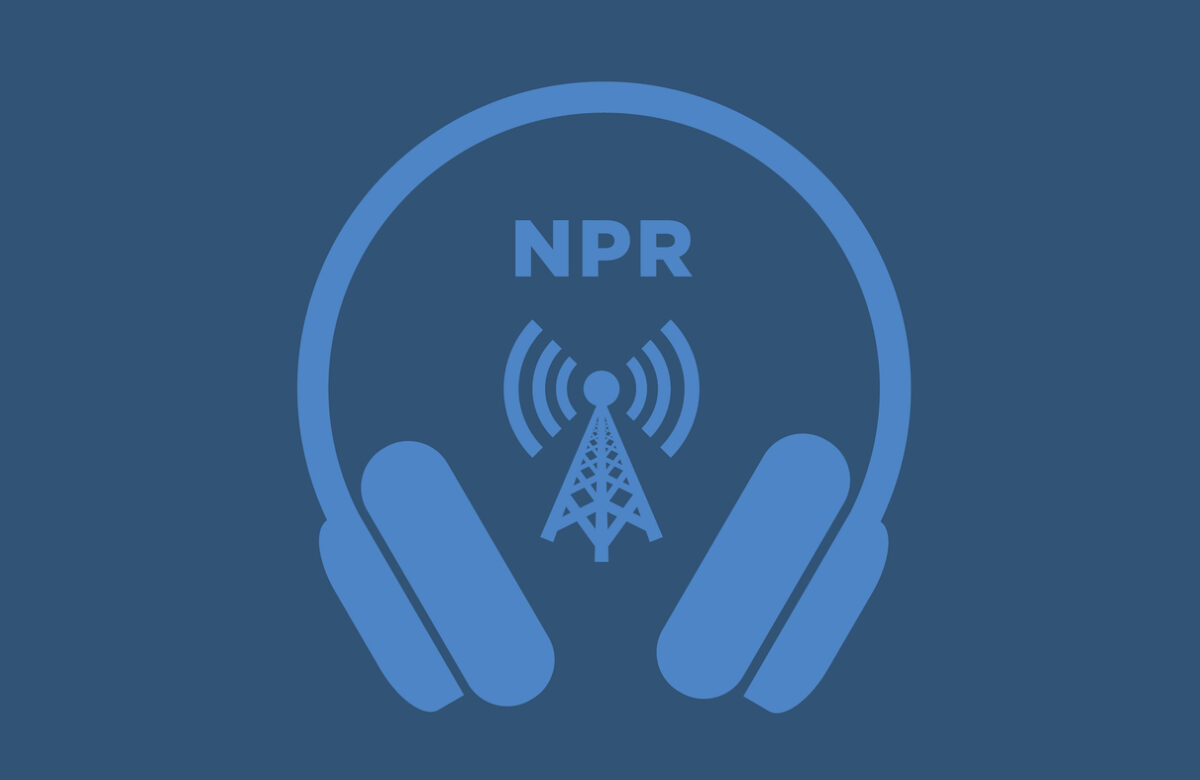
Google’s Waymo expansion in California delayed as safety concerns rise
- Science
- February 23, 2024
- No Comment
- 148
This string of events — none of which resulted in serious injuries — comes after Waymo’s main competitor, General Motors-owned Cruise, recalled its fleet of driverless cars last year after hitting, dragging and gravely injuring a pedestrian who was flung into its path by a hit-and-run driver. The fallout from that crash has increased the spotlight on Waymo, now the lone company trying to expand 24/7 robotaxi service around California, despite sharp resistance from local officials.
“Waymo has become the standard-bearer for the entire robotaxi industry, for better or for worse,” said David Zipper, a senior fellow at the MIT Mobility Initiative. While Waymo’s incidents are “nowhere near what Cruise is accused of doing, there is a crisis of confidence in autonomous vehicle companies related to safety right now.”
The California Public Utilities Commission (CPUC) delayed deciding whether Waymo could expand its service to include a portion of a major California highway and also Los Angeles and San Mateo counties, pending “further staff review,” according to the regulator’s website. While Waymo said the delay is a part of the commission’s “standard and robust review process,” the postponement comes as officials from other localities fear becoming like San Francisco — where self-driving cars have disrupted emergency scenes, held up traffic and frustrated residents who are learning to share public roads with robot cars.
“I am concerned that the CPUC will not consider the clear adverse impacts of unrestricted AV deployment in San Francisco in its decision to further deployment in Los Angeles,” Mayor Karen Bass said in a November letter to the state commission. “In a city that spans 500 square miles, has a population of approximately 4 million people, and contains 7,500 miles of roadways, the risk is exponentially greater.”
According to a December report from Waymo, the company has tested its vehicles over 7.1 million miles. According to its own data, there were an estimated 17 fewer injuries and 20 fewer police-reported crashes “compared to if human drivers with the benchmark crash rate would have driven the same distance in the areas we operate.” The company offers commercial ride-hail service in San Francisco and Phoenix — and it’s also providing free rides to select members of the public in Los Angeles.
While Waymo has been operating its cars in Los Angeles mostly without incident — and hasn’t had any high-profile collisions such as the one in San Francisco that injured the pedestrian — a number of relatively minor incidents have fed public angst about the vehicles.
For example, in a Feb. 5 incident — which has not been previously reported — a driverless Waymo was exiting the USC campus after dropping off passengers when it approached an automatic gate as it was closing, according to a report the company filed to the California Department of Motor Vehicles. The Waymo vehicle braked but made contact with the gate, scratching the right side of the vehicle, the company said. A representative for USC said they didn’t have information about the incident.
Also in Los Angeles, a car last year did “not properly identify or obey an officer who was directing traffic in an intersection where traffic signals were offline,” according to the mayor’s office. Waymo declined to comment on the case, but shared a video of a Waymo obeying hand signals from a police officer in Los Angeles.
The San Mateo County Board of Supervisors recently passed a resolution in support of a pending state bill that would give local governments the power to decide if they want driverless cars on its streets. Other government bodies, such as the Los Angeles County Department of Transportation and the San Mateo County Attorney’s Office, submitted letters to the state trying to stall the expansion of robotaxi service in their jurisdictions.
These efforts are similar to what played out in San Francisco last year, when public officials here tried desperately to halt the expansion but were ultimately unsuccessful. Zipper said it is a notable disparity that “the companies are saying the technology is supposed to be a godsend for urban life, and it’s pretty striking that the leaders of these urban areas really don’t want them,” he said.
In December, San Francisco City Attorney David Chiu filed a lawsuit against the state commission for allowing Waymo and Cruise to expand here this summer, despite causing a pattern of “serious problems” on the streets. That decision is pending in court.
Meanwhile, the incidents here have continued to pile up.
On Feb. 7, a Waymo hit a cyclist who was initially obscured by a truck. According to the company, a cyclist was near a truck and crossing into the Waymo’s path. When the cyclist became visible to the car, it attempted to apply the brakes but was unable to avoid the crash. The cyclist sustained non-life-threatening injuries.
Then, in a show of public disrespect for the vehicles that weekend, one car was attacked and vandalized in San Francisco’s Chinatown during a Lunar New Year celebration. Mayor London Breed decried the incident as “a dangerous and destructive act of vandalism,” according to a statement.
A Waymo in Phoenix made contact with a “backwards-facing pickup truck being improperly towed ahead of the Waymo vehicle,” according to the company. The pickup truck was angled across a center turn lane and traffic lane, the company said. A second Waymo vehicle made contact with the pickup truck a few minutes later.
As a result, Waymo said on Feb. 11 — three months after the incident — that it issued a voluntary recall report to address the issue.
“As we serve more riders in more cities, we will continue our safety first approach, working to earn trust and foster transparent communication with our riders, community members, regulators, and policymakers,” Waymo said in a blog post.
#Googles #Waymo #expansion #California #delayed #safety #concerns #rise









